6 embarrassing skin issues and how to fix them
These common skin problems can sometimes be embarrassing. Here are six different issues and how to solve them.
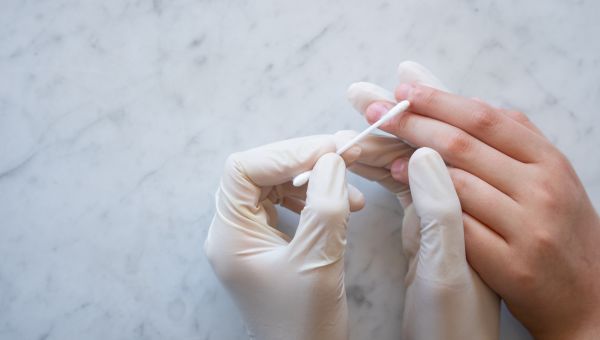
Of all the weird, wacky issues that human bodies can have, skin problems can seem the most embarrassing. Unlike internal health problems, everyone can see your skin. And while these issues can weigh on you daily, it might feel like a waste of time to talk to your doctor about a harmless bump on your arm.
This is why we're bringing you six common cosmetic concerns and doctor-recommended tips on how to clear your skin.
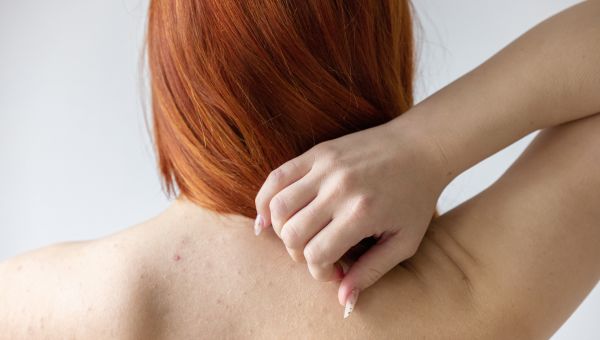
Bacne
What it is: Whether you're donning your workout gear or a sexy dress, blemishes on your back can be frustrating. Plus, the causes and treatments of bacne can be different than problems on your face. "I see it a lot in people who start to work out more," says dermatologist Doris Day, MD. But don't ditch the new fitness routine yet.
What to do: Dr. Day suggests wearing a white, cotton t-shirt while exercising to make sure your skin can breathe (and sweat) freely. Shower right after working out, ideally with a salicylic acid-based soap. Acne tends to heal quicker on your face, so don't give up your good habits just because you're not seeing immediate results on your back.
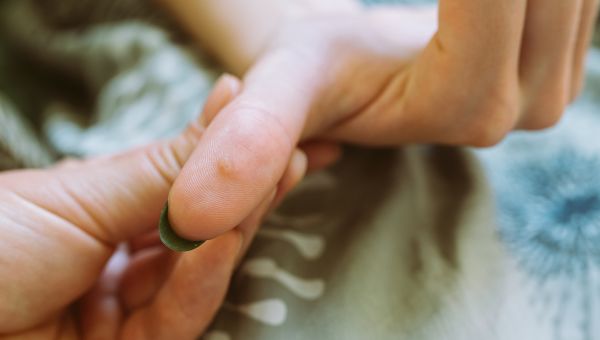
Warts
What it is: Green-skinned witches aren't the only ones who worry about warts. You're more likely to get the virus that causes these rough, round bumps when you have a cut or scrape or when your skin is softened by water.
What to do: Most warts go away on their own in a couple of years. But waiting means you run the risk of it growing or spreading. If you want to try treatment, plenty of options can be found at your local drugstore. Most of the products contain salicylic acid in a liquid or bandage. You can also have the wart frozen off at your doctor's office. Some people swear by duct tape to get rid of warts, but studies have had mixed results.
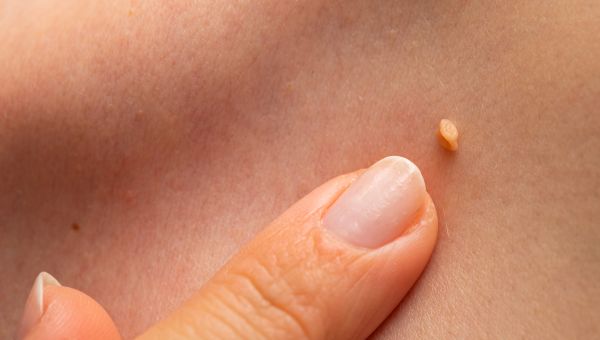
Skin Tags
What it is: Skin tags are small growths of normal skin that often appear on the neck, armpit and other places where skin rubs together. About half of adults have these harmless, little tags. You're more likely to get them if you're older, overweight, pregnant or have diabetes.
What to do: If a skin tag is painful or irritating, or you just don't like the way it looks, your doctor can easily remove it. They'll freeze, cut or burn it off. Just know there's a chance that another one may form in the same spot. Also, because these tend to bleed, this isn't a blemish you should take in your own hands. Never pull or cut it off by yourself.
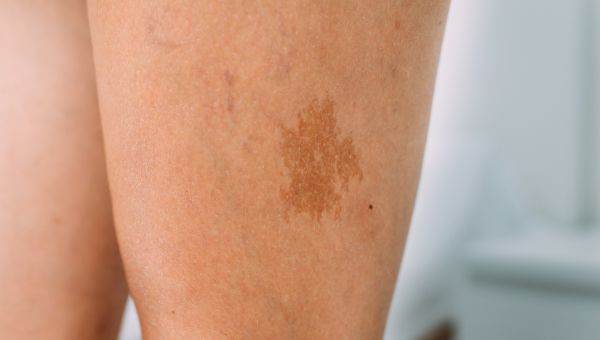
Birthmarks
What it is: Birthmarks are brown, blue, pink or red spots that can be raised or flat. They're mostly cosmetic, but Dr. Day says they can sometimes turn into skin cancer. When should you start worrying about a birthmark? Day says to check the ABCDE rule: Asymmetry, Borders (irregular or uneven), Colors (having many colors), Diameter (growing) and Evolving (changing, itching or bleeding).
What to do: If you notice these changes, or simply want your birthmark gone, see a doctor. They can check if it's something serious and explain removal methods. Options include surgery, lasers, burning, freezing and injections -- depending on the type of birthmark.
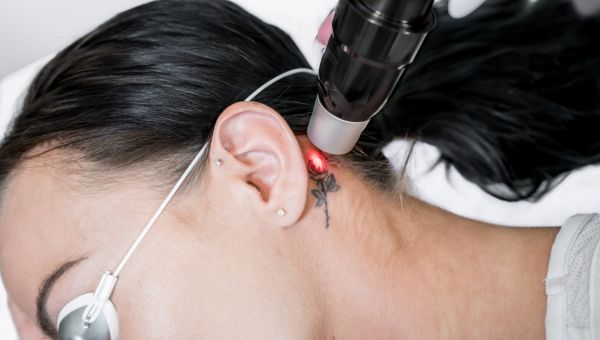
Regrettable Tattoos
What it is: This one doesn't need a lot of explaining. Your ink is no longer fashionable, skin around it is sagging or you broke up with the person you were convinced was "the one." Regardless of why, you want your tattoo wiped clean.
What to do: If you want your art gone for good, laser tattoo removal might be your solution. Treatment length and cost depends on a variety of factors, such as tattoo size, location and color. Black or blue tattoos are the easiest to remove, while colors like red may require a special laser. Talk to your dermatologist to make sure your expectations are realistic, and be prepared to spend hundreds of dollars and go in for multiple sessions.
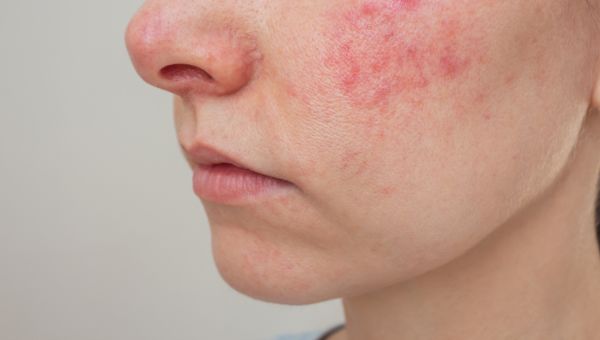
Rosacea
What it is: Rosacea is a skin disorder that's more common in people with fair skin over the age of 30. It causes facial redness, sometimes with red bumps and dry, sensitive skin.
What to do: There's no cure for rosacea, but certain things can trigger it to flare up, like spicy foods and alcohol. "Not everyone with rosacea needs treatment," says Dr. Day. "For others, when triggers are either unavoidable (like stress) or unknown, there are excellent treatment options for flares, including oral and topical prescriptions." Your doctor may also recommend laser treatment. Getting too much sun can make the redness worse, so wear sunscreen daily and use a gentle facial cleanser.
More On


video

article
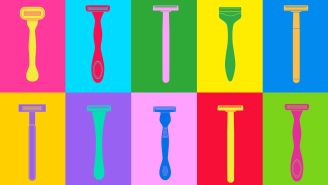
slideshow


video


video
